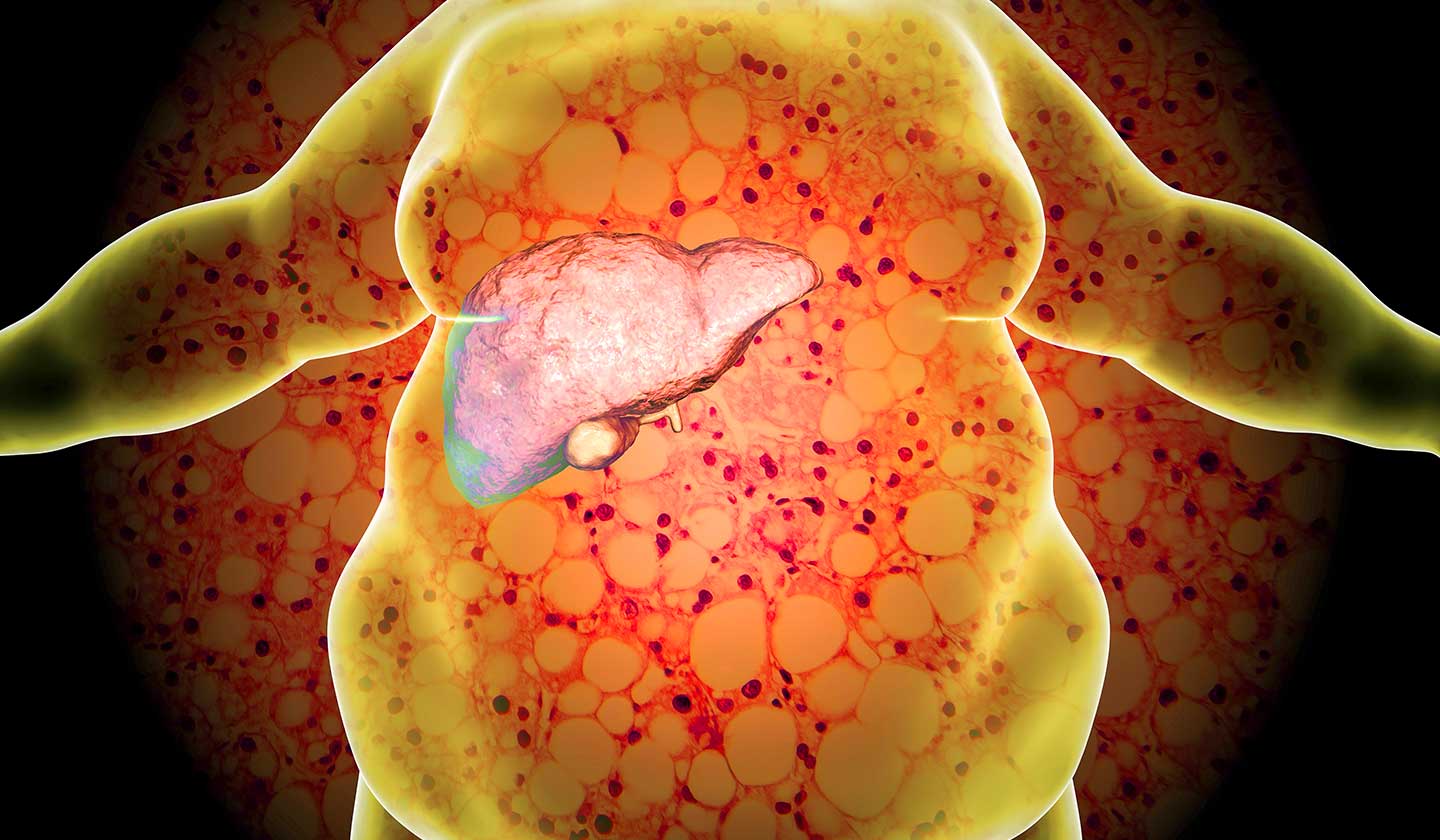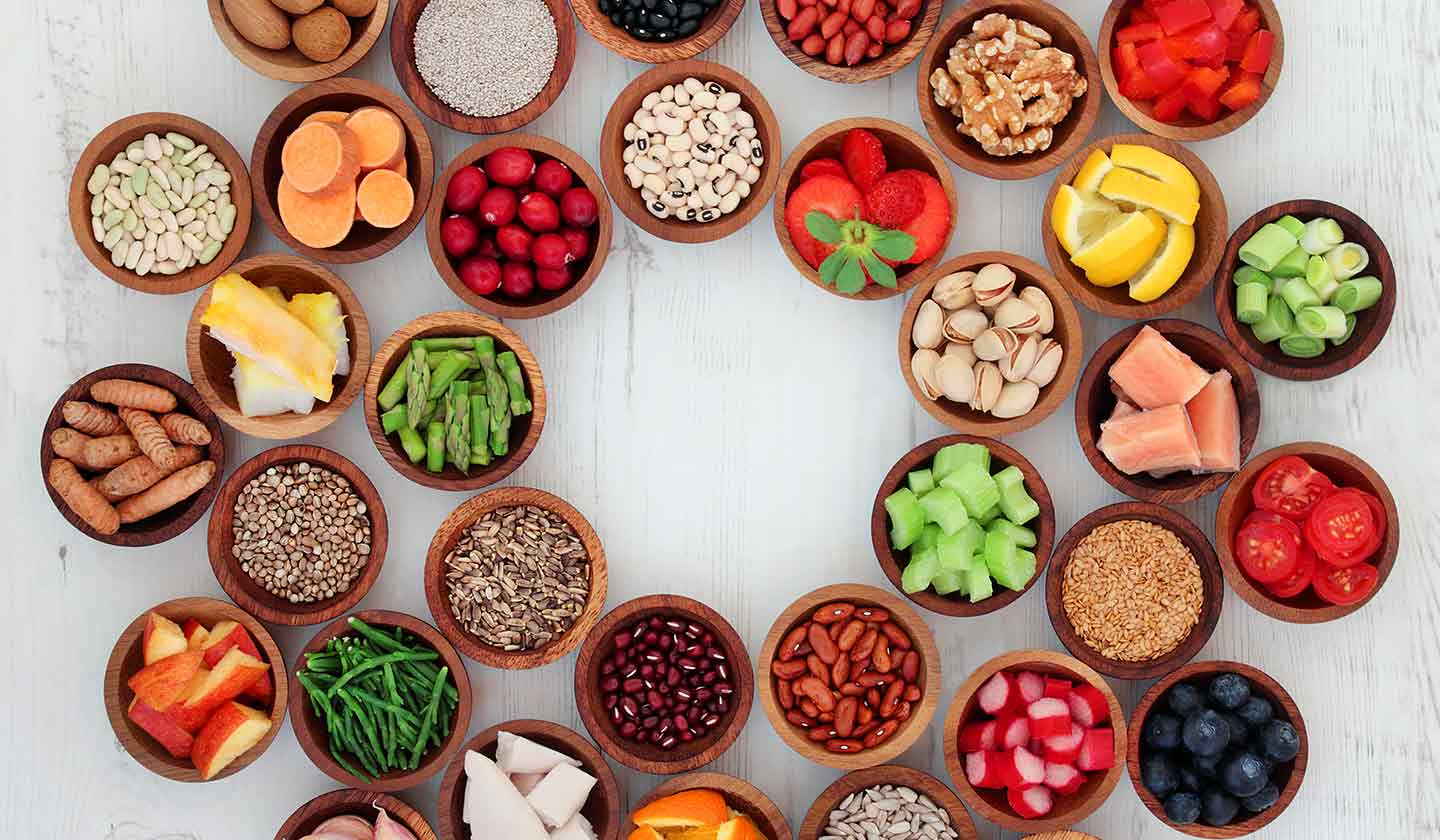Food
The Importance of Losing Weight - Part I

Losing weight in a healthy way is an important goal, not only to improve self-esteem, but above all because it reduces the risk of developing numerous diseases.

Why you get fat?
Weight gain, or "putting on weight", results from an increase in fat mass.
Weight gain results from eating more calories than we expend, and these excess calories accumulate and are stored as fat in our body.
The most effective strategy to lose weight is to burn more calories through physical activity and ingest fewer calories through food.

Relationship between obesity and disease
According to the World Health Organization (WHO) obesity is one of the public health challenges of the 21st century, and its prevalence has been increasing, having tripled in European Union countries since the 1980s.
Being overweight increases the risk of developing several diseases, such as cardiovascular diseases, cancer, and diabetes. Losing weight, then, does not just mean going down a size or two in the clothes you wear.
There is consensus in the scientific community that a weight loss of 5 to 10% has valuable benefits in terms of improved health and decreased risk of disease. Even modest weight loss will positively influence certain conditions such as blood pressure or blood sugar and cholesterol levels.

How to lose weight in good health?
A diet should allow weight to be lost in a healthy way, and there is the gaining of new eating and lifestyle habits that promote long-term weight maintenance.
There are many diets that cut out one food group or groups, or that have a very large restriction. These become very restricted diets and carry associated risks, such as the development of nutritional deficiencies.
For weight loss to occur, it is fundamental that the daily caloric intake be lower than the daily expenditure, thus allowing a caloric deficit and the expenditure of "energy reserves".
Within the caloric value available for consumption during the day, it can be distributed among the different groups of macronutrients, such as proteins, carbohydrates, and lipids (fats), thus allowing the consumption of foods from the various food groups and preventing the occurrence of nutritional deficiencies.
Nutritional needs vary from person to person and depend on various parameters such as age, gender, physical activity, life cycle stage (such as pregnancy, menopause or breastfeeding), medical history (presence of any disease, medical tests, etc.), as well as individual goals. The distribution of macronutrients (protein, lipids or fat and carbohydrates) also varies depending on these same factors, and there may or may not be a need to reduce or increase the intake of one of these macronutrients, such as increasing protein intake and reducing the intake of carbohydrates.

Strategies / tips for losing weight
There are some strategies that can be applied in order to promote healthy weight loss, such as:
- Plan your meals. Make a menu with the meals you want to eat for the week, and organize your shopping list and your trip to the supermarket according to this menu. This strategy will not only save you time, but will also prevent you from buying foods you don't need or foods that are less healthy;
- Include a good source of fiber, vitamins and minerals, such as vegetables and fruit. Try to vary the options you consume and the way they are prepared, and take the opportunity to try new ways of cooking. The idea is to avoid a monotonous diet;
- Include healthy proteins. A good supply of protein, such as lean meats, fish, eggs, etc., will increase satiety and maintain muscle mass;
- Consume a smaller portion of carbohydrates and opt for whole-grain options, such as brown rice, whole oats, etc. In general, it is not necessary to exclude one food group entirely. You may need to adjust the amount you include in your daily diet, so it may be important to have nutritional counseling to ensure an adequate nutritional intake;
- Moderate your fat intake and choose healthy fat sources. Fat is a nutrient with a higher caloric value, so moderate the amount consumed;
- Drink between 1.5 and 2 liters of water per day, you can drink plain water, flavored water (with for example: lemon, mint, pineapple, cucumber, cinnamon, etc.). You can also use herbal teas or infusions without sugar;
- Include physical activity. Exercise not only aids in the weight loss process, but is also a great strategy to help with stress control;
- Set times for your meals and have them in a quiet place without distractions. Avoid eating meals in front of the television or with your cell phone, as these are distracting factors that can lead to the consumption of larger amounts;
- Control stress and anxiety. Apply some strategies to control stress and anxiety, as these can be factors that lead to consumption of less healthy foods or larger quantities of food.
Taking into account the strategies mentioned above, there are some foods that may be important to prioritize or moderate the consumption, in order to achieve the weight loss goal in a healthy way.

Foods to be privileged
- Vegetables - vegetables should be part of your eating routine. Include them in your main meal, bet on cooked vegetables or salads, in a colorful and varied way. You can also use vegetables as a snack, thus avoiding snacking on other less healthy foods;
- Fruit - this is an excellent snack option, but avoid or reduce those with a higher sugar content, such as grapes or mango. However, because it is a source of sugars, it is important that its consumption be done in moderation, so if you are used to consuming a lot of fruit, at this stage it will be beneficial to reduce the number of fruits consumed per day;
- Eggs, lean meats, fish, tofu, legumes - an adequate protein intake allows you to maintain muscle mass and promotes satiety. For those who follow a vegetarian diet, you can opt for eggs (if included), tofu, legumes, etc.;
- Sources of healthy fats - choose to include olive oil, oleaginous fruits and seeds, avocado, always in moderate and controlled quantities. These foods are a good alternative to "unhealthy" fats, such as trans fats and saturated fats. However, even though fats are healthy, they are a great source of calories, so in a weight loss diet it is necessary to be careful and moderate in their use;
- Complex carbohydrates - whole grains (for example: whole grain rice, whole grain flour, whole grain oats, etc.), legumes (chickpeas, beans, lentils, peas, broad beans), sweet potatoes, quinoa. As these are complex carbohydrates and rich in fiber, they have a slower absorption, promoting greater satiety. The recommended amount will always depend on individual needs (such as physical activity), however it may be beneficial not to eliminate, but to reduce the amount placed on the plate.

Foods to Avoid / Reduce
- Reduce fat intake and avoid foods high in trans fat, such as margarine, processed foods, crackers, cookies, pastries, pre-made meals;
- Eliminate consumption of foods high in sugar, such as pastries, cakes, cookies, juices. These foods besides providing a large amount of sugar, in a large part of the time end up being used to the detriment of healthier foods;
- Reduce and/or avoid the consumption of simple carbohydrates such as white and refined flours, "traditional" pasta, rice. These have a lower fiber content and a faster absorption, not giving as much satiety. Replace them with whole-grain versions;
- Reduce the consumption of alcoholic beverages - these are a great source of empty calories, i.e., they are foods that provide calories, but without an "interesting" nutritional content;
- When preparing food, avoid fried and sautéed foods; in the case of stews or stews, choose to place all foods in the raw state, avoiding the initial small frying.
Sources
Health and Wellness Blog
Também lhe poderá interessar
Food
Balanced diet, healthy body
Food






